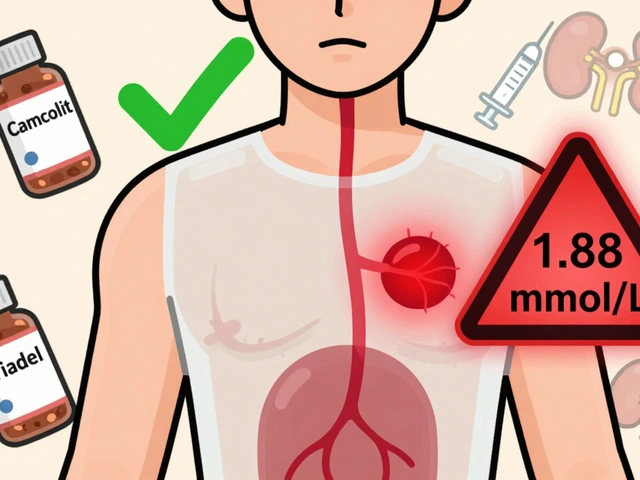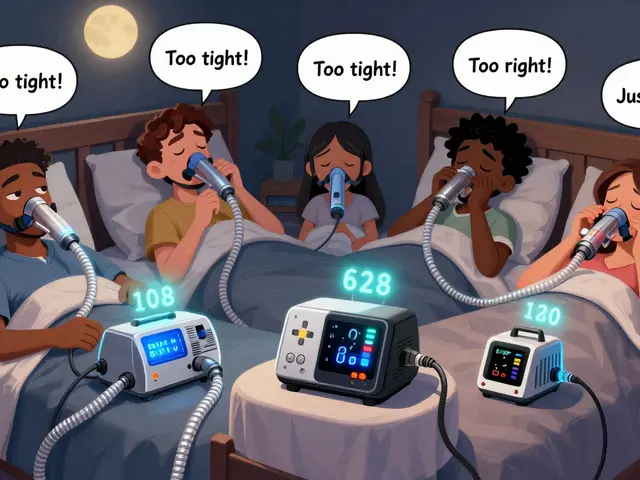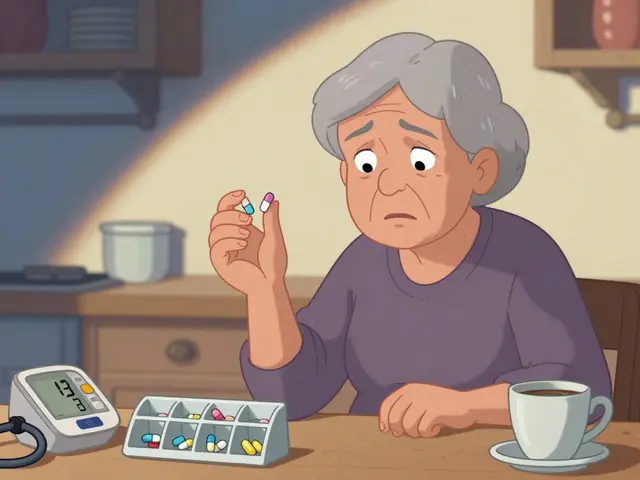Betaxolol: How it works, when to use it, and what to watch for
Betaxolol is a beta-1 selective blocker used as eye drops for glaucoma and as an oral medicine for high blood pressure. It lowers pressure inside the eye and slows heart rate when taken by mouth. That short description hides a lot of useful details—this page gives clear, practical facts so you know what to expect and how to use it safely.
Common uses and typical doses
For glaucoma, betaxolol usually comes as 0.25% or 0.5% ophthalmic solution. The usual instruction is one drop in the affected eye(s) once or twice daily, depending on your doctor’s advice. For high blood pressure, oral betaxolol tablets often start at 10–20 mg once a day; some people need up to 40 mg daily. Follow your prescriber’s exact instructions—don’t stop or change dose without checking first.
Why two forms? Eye drops act mainly where they’re needed: inside the eye. Pills affect the whole body, which is why side effects differ and monitoring matters more for oral use.
Side effects, warnings, and interactions
Eye-drop side effects are usually mild: stinging, burning, or temporary blurred vision right after the drop. Still, drops can enter the bloodstream and cause the same problems seen with oral beta-blockers.
Common systemic effects include slow heart rate (bradycardia), low blood pressure, tiredness, and dizziness. People with asthma or severe chronic obstructive pulmonary disease (COPD) should be careful—beta-blockers can tighten airways. If you have diabetes, betaxolol can hide signs of low blood sugar like a racing heart. Talk to your doctor if you use insulin or other diabetes drugs.
Watch for interactions with calcium channel blockers (like verapamil or diltiazem), other beta-blockers, and some antidepressants. If you take several heart or blood pressure medicines, your doctor will check your pulse and blood pressure regularly.
Use extra care with eye drops: wash hands, don’t touch the bottle tip to your eye, and press the inner corner of the eye for 1 minute after a drop (nasolacrimal occlusion). That helps reduce how much drug gets into your bloodstream.
Storage and handling are simple: keep drops sealed and at room temperature, away from direct heat. Throw away after the manufacturer’s recommended time once opened.
Thinking about buying betaxolol online? Only use licensed pharmacies that require a prescription, show clear contact info, and use secure payments. Avoid sites that sell prescription drugs without a prescription or offer suspiciously low prices. If in doubt, ask your clinician to recommend a trusted source.
If you have concerns—new symptoms, a slow pulse, breathing trouble, or signs of low blood sugar—contact your healthcare provider right away. Regular check-ups matter, especially when switching medicines or starting betaxolol for the first time.

Betaxolol: A Guide to Understanding the Side Effects
As a copywriter, I've researched Betaxolol and learned about its side effects. Betaxolol is a medication used primarily to treat high blood pressure and glaucoma. Some common side effects include dizziness, fatigue, and shortness of breath. It's essential to discuss any concerns with your healthcare provider, as they can help you weigh the benefits and potential risks. Remember, always follow the prescribed dosage to minimize unwanted side effects.
View More




